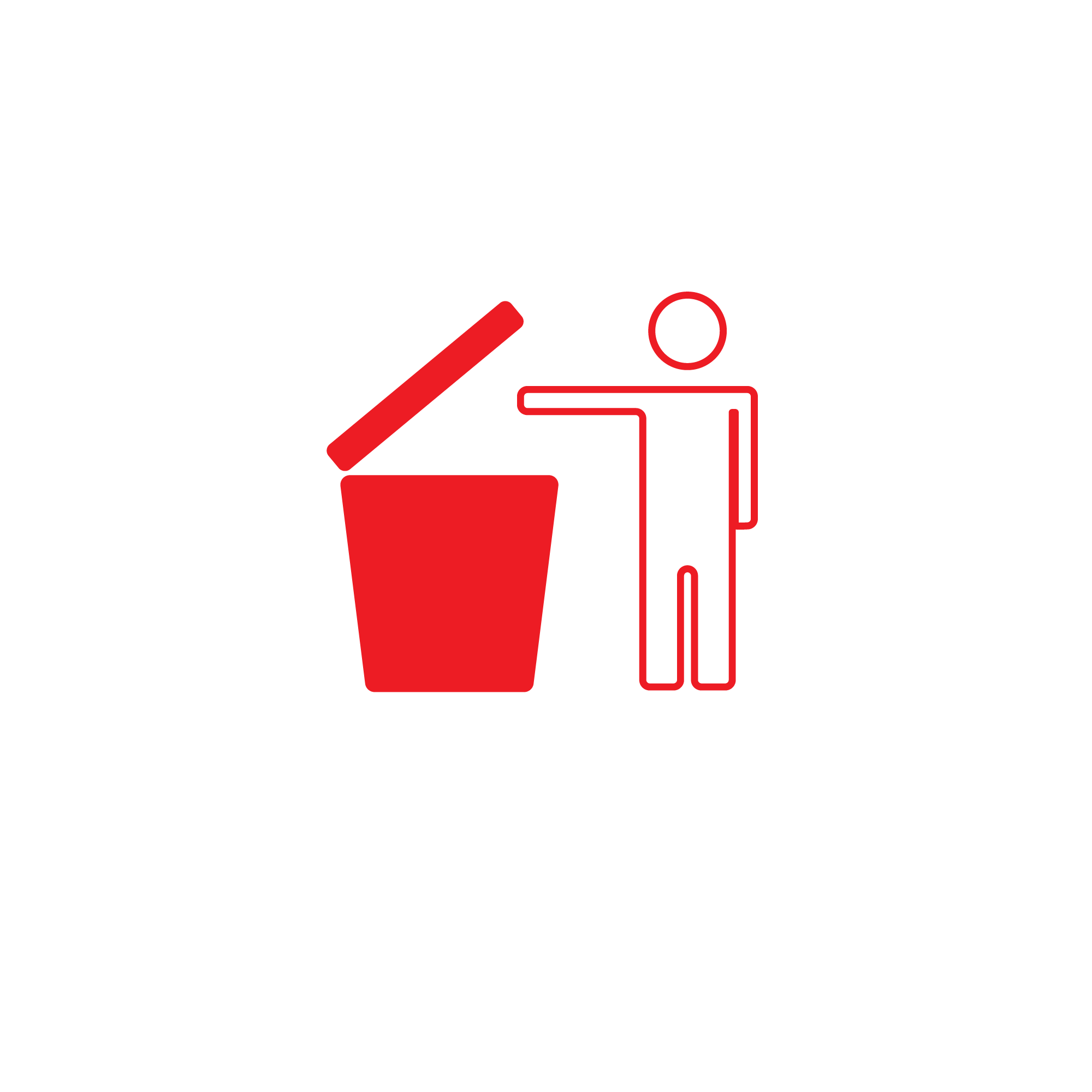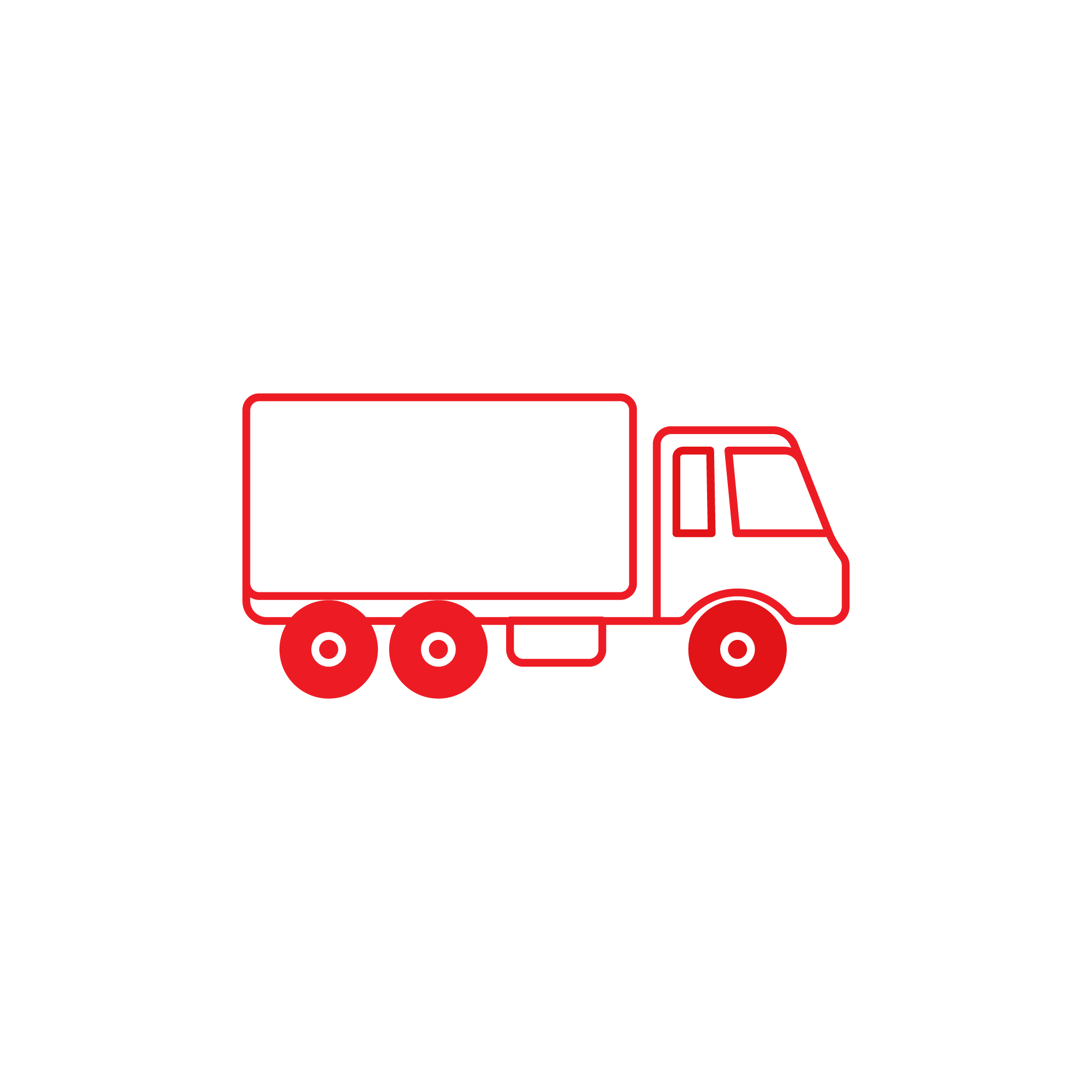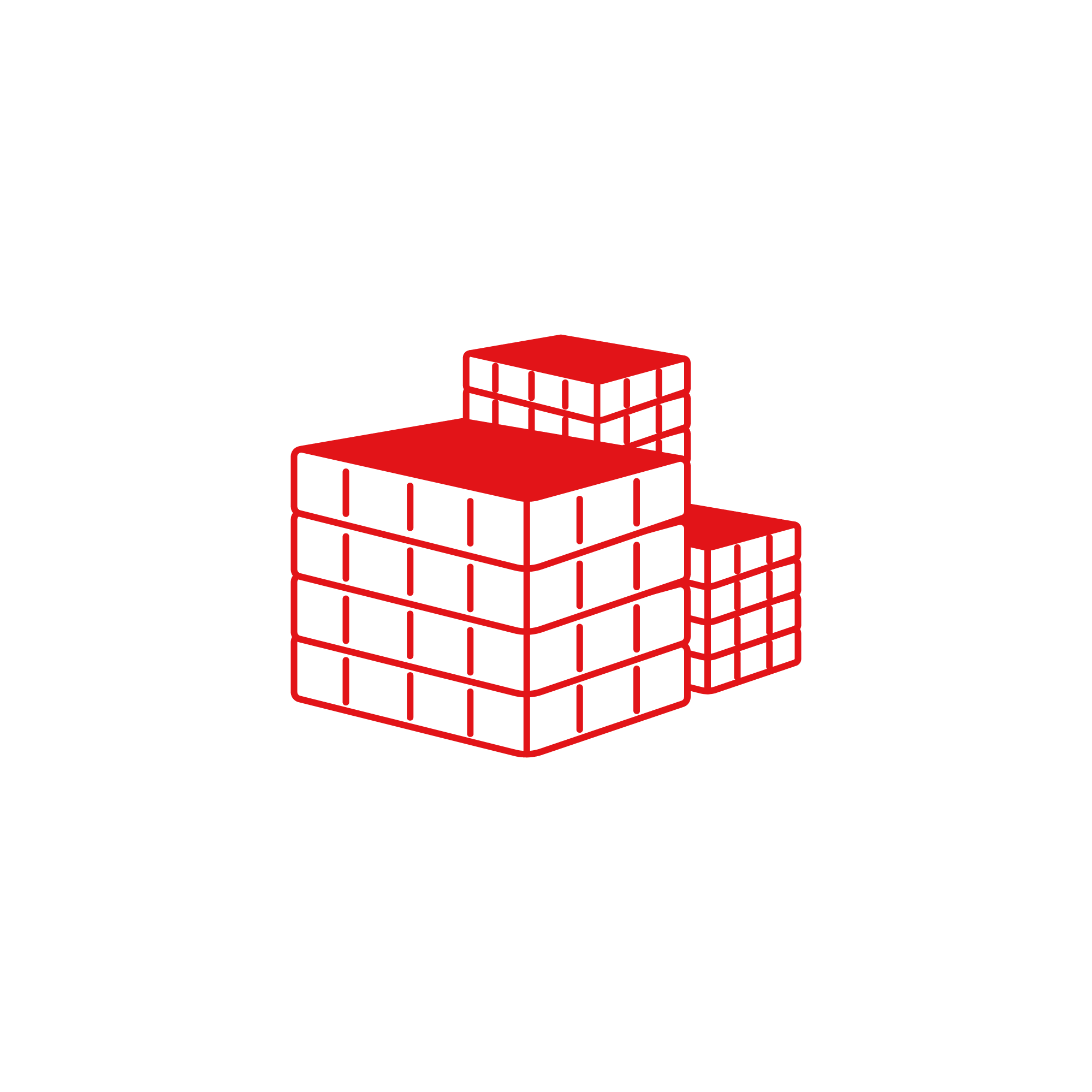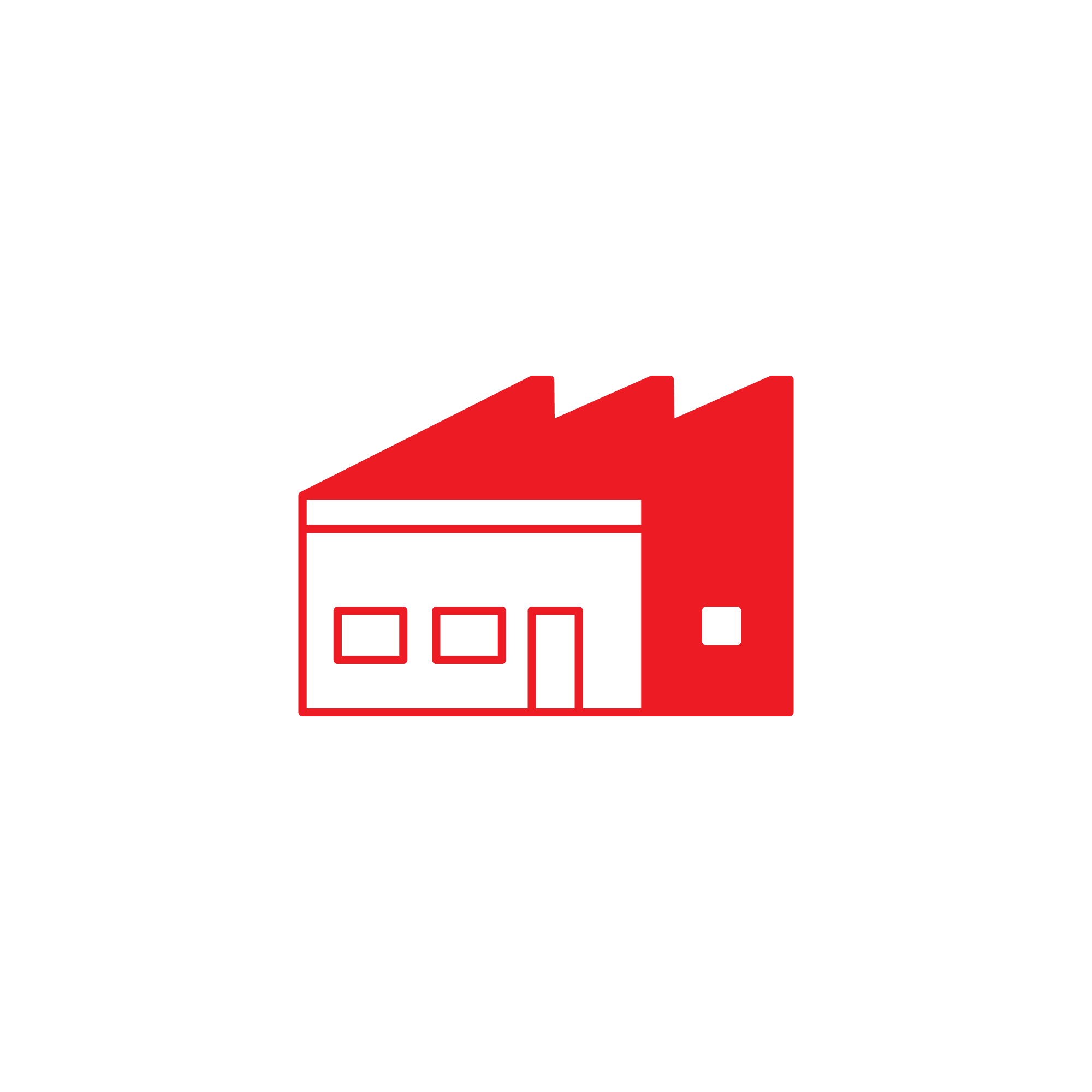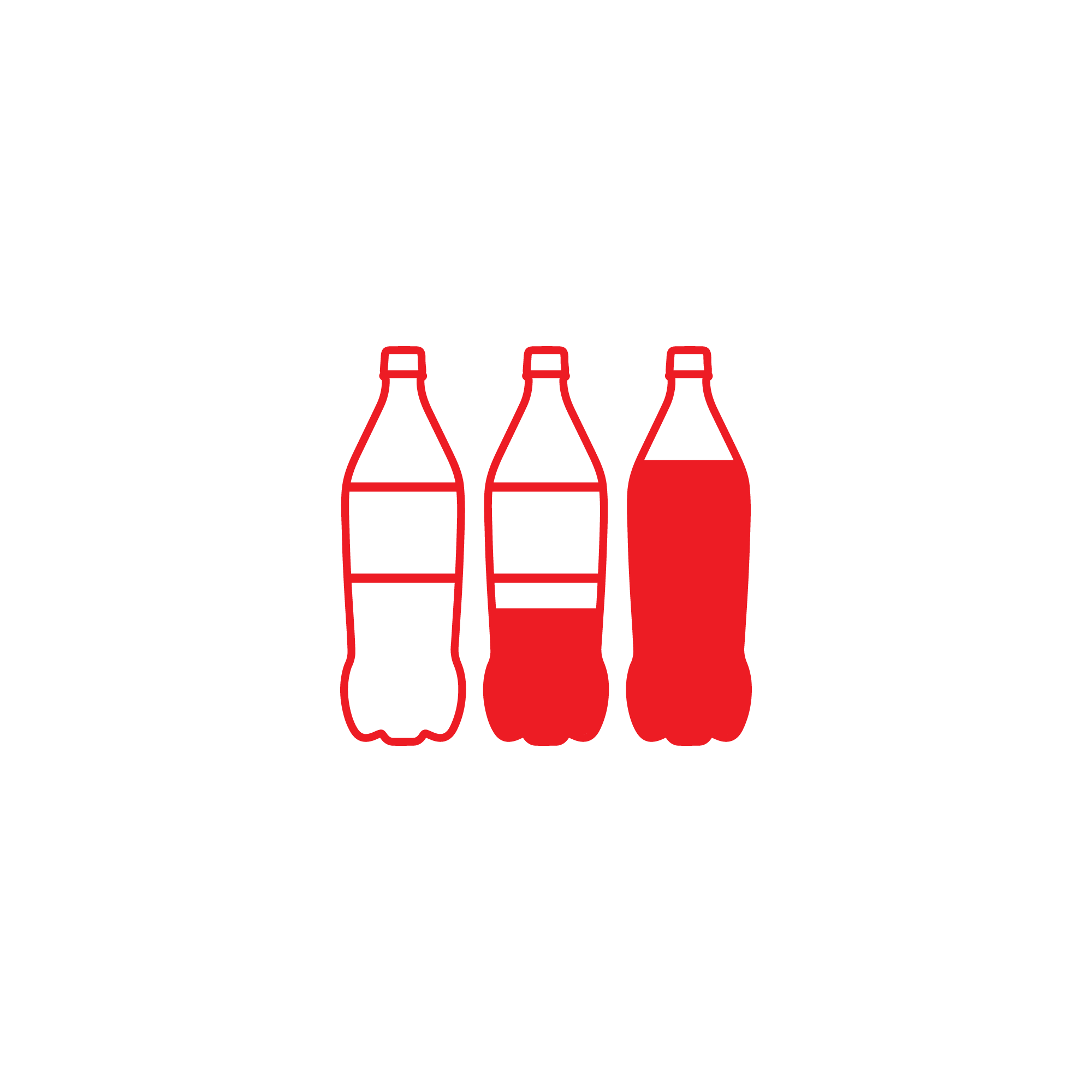CITEO conducts studies to better understand how the French perceive and practice sorting.
The association Gestes Propres raises awareness of abandoned waste in France.
The management of household and similar waste is entrusted to the municipalities, which can transfer to a public establishment of inter-municipal cooperation (EPCI) either the whole of this competence, or the part of this competence including the treatment, the dumping of ultimate waste as well as the operations of transport, sorting or storage which relate to it.
The service can be financed under the general law (general budget) or under a specific financing system with either a household waste collection fee (REOM) or a household waste collection tax (TEOM).
The packaging collected from the consumer by the local authority is transported to the sorting centres.
A sorting centre is a plant that separates packaging according to its material: paper, cardboard, aluminium, steel, and the different types of plastic.
There were approximately 123 in metropolitan France in 2023.
Aluminium does not exist in its pure state. It is obtained by electrolysis1 of a red rock, bauxite.
The recycling rate for aluminium packaging in France was 36% in 2023 (source CITEO).
Aluminium is 100% infinitely recyclable.
Compacted rigid packaging (beverage cans, food cans and aerosols) can be melted directly in an oven at a temperature of about 800°C.
Flexible packaging (trays, tubes, capsules, bottles) must first undergo pyrolysis.
Aluminium recycling saves up to 95% of energy, 93% greenhouse gaz emissions and up to 70% of water compared to the amounts consumed in the production of primary aluminium.
Steel is an alloy of iron with carbon, the amount of which varies between 0% and 2% depending on the composition.Thus there is no single steel, but several steels, about 3000 alloys. Steel is a permanent material: 80 to 90% of the steel produced is still in use today.
By 2023, 86% of steel packaging was collected in France (source CITEO). Steel is 100% infinitely recyclable.
After collection, the steel scrap is sorted, calibrated and shredded. The recovered scrap is melted in a furnace with several other metals at a minimum temperature of 1200°.
One tonne of recycled steel saves :
- more than 2 times its weight in raw materials,
- 70% of its weight in energy
- and 1.5 times its weight in CO2.
The European paperboard packaging industry uses :
- 20%: forestry or sawmill waste
- 80%: used paper and cardboard packaging
In 2023, 63% of paper and cardboard packaging was collected in France (source CITEO).
Recycling involves extracting the cellulose fibres from packaging and reusing them to make paper (e.g. newspapers) or recycled cardboard (e.g. for packaging or industrial paper towels).
It is not infinite: a fibre is used on average 5 to 10 times to make new packaging.
Recycled cardboard saves up to 2.5 times its weight in wood, 2.5 times its weight in CO2 , and 77% of the energy consumed in making cardboard from wood fibres.
Plastics are a by-product of oil: refining oil at 400°C to make fuels creates a gas, naphtha, which is heated at to 850°C very quickly (cracking) to produce monomers, the basic molecules of plastics. These molecules must then be brought together (polymerization) to form the various plastics we know.
In 2023, 24,5% of plastic packaging was collected and recycled in France (source CITEO).
Plastics are recycled separately and at different temperatures depending on the resins used, for example :
- PET bottles can become bottles again
- HDPE bottles can become watering cans, waste bins, etc.
- PS yoghurt pots can be used as hangers, flower pots and soon as yoghurt pots (under development in France)
- LDPE film can be reused as film or garbage bags
One tonne of recycled PET plastic saves up to 83% of energy and up to 70% of greenhouse gases compared to the manufacture of one tonne of virgin PET plastic.
Glass is made from a mixture of sand, soda and lime which is heated to a temperature of 1600°C to melt it so that it is liquid and can take on various shapes.
Glass is the leading material consumed and recycled in France. In 2023, more than 2.5 million tonnes of glass were collected and recycled out of the 2.6 million tonnes placed on the market, i.e. almost 9 out of 10 bottles (source CITEO).
To be recycled, the glass is crushed and cleaned of impurities (labels, corks, infusibles, etc.) and then melted at a temperature of 1500°C degrees Celsius.
In France, there is a maximum distance of 300 km between the collection points and the factory, and then between the factory and the customers. This limits the environmental impact of transport.
One tonne of recycled glass saves 82% of its weight in energy and 87% of its weight in greenhouse gases. One tonne of cullet saves 1.2 tonnes of virgin materials (sand, soda and lime).
-
Aluminium does not exist in its pure state. It is obtained by electrolysis1 of a red rock, bauxite.
The recycling rate for aluminium packaging in France was 36% in 2023 (source CITEO).
Aluminium is 100% infinitely recyclable.
Compacted rigid packaging (beverage cans, food cans and aerosols) can be melted directly in an oven at a temperature of about 800°C.
Flexible packaging (trays, tubes, capsules, bottles) must first undergo pyrolysis.
Aluminium recycling saves up to 95% of energy, 93% greenhouse gaz emissions and up to 70% of water compared to the amounts consumed in the production of primary aluminium.
-
Steel is an alloy of iron with carbon, the amount of which varies between 0% and 2% depending on the composition.Thus there is no single steel, but several steels, about 3000 alloys. Steel is a permanent material: 80 to 90% of the steel produced is still in use today.
By 2023, 86% of steel packaging was collected in France (source CITEO). Steel is 100% infinitely recyclable.
After collection, the steel scrap is sorted, calibrated and shredded. The recovered scrap is melted in a furnace with several other metals at a minimum temperature of 1200°.
One tonne of recycled steel saves :
- more than 2 times its weight in raw materials,
- 70% of its weight in energy
- and 1.5 times its weight in CO2.
-
The European paperboard packaging industry uses :
- 20%: forestry or sawmill waste
- 80%: used paper and cardboard packaging
In 2023, 63% of paper and cardboard packaging was collected in France (source CITEO).
Recycling involves extracting the cellulose fibres from packaging and reusing them to make paper (e.g. newspapers) or recycled cardboard (e.g. for packaging or industrial paper towels).
It is not infinite: a fibre is used on average 5 to 10 times to make new packaging.
Recycled cardboard saves up to 2.5 times its weight in wood, 2.5 times its weight in CO2 , and 77% of the energy consumed in making cardboard from wood fibres.
-
Plastics are a by-product of oil: refining oil at 400°C to make fuels creates a gas, naphtha, which is heated at to 850°C very quickly (cracking) to produce monomers, the basic molecules of plastics. These molecules must then be brought together (polymerization) to form the various plastics we know.
In 2023, 24,5% of plastic packaging was collected and recycled in France (source CITEO).
Plastics are recycled separately and at different temperatures depending on the resins used, for example :
- PET bottles can become bottles again
- HDPE bottles can become watering cans, waste bins, etc.
- PS yoghurt pots can be used as hangers, flower pots and soon as yoghurt pots (under development in France)
- LDPE film can be reused as film or garbage bags
One tonne of recycled PET plastic saves up to 83% of energy and up to 70% of greenhouse gases compared to the manufacture of one tonne of virgin PET plastic.
-
Glass is made from a mixture of sand, soda and lime which is heated to a temperature of 1600°C to melt it so that it is liquid and can take on various shapes.
Glass is the leading material consumed and recycled in France. In 2023, more than 2.5 million tonnes of glass were collected and recycled out of the 2.6 million tonnes placed on the market, i.e. almost 9 out of 10 bottles (source CITEO).
To be recycled, the glass is crushed and cleaned of impurities (labels, corks, infusibles, etc.) and then melted at a temperature of 1500°C degrees Celsius.
In France, there is a maximum distance of 300 km between the collection points and the factory, and then between the factory and the customers. This limits the environmental impact of transport.
One tonne of recycled glass saves 82% of its weight in energy and 87% of its weight in greenhouse gases. One tonne of cullet saves 1.2 tonnes of virgin materials (sand, soda and lime).
The eco-design of a product is based on the principle that it is possible to reduce the environmental impacts at all stages of the life cycle of a product, service or process. Thanks to this approach, it is possible to limit environmental impacts by 70 to 80%.
First, the different stages of a product’s life cycle must be determined.
In France, the eco-organisation CITEO is responsible for the circular economy of packaging.

